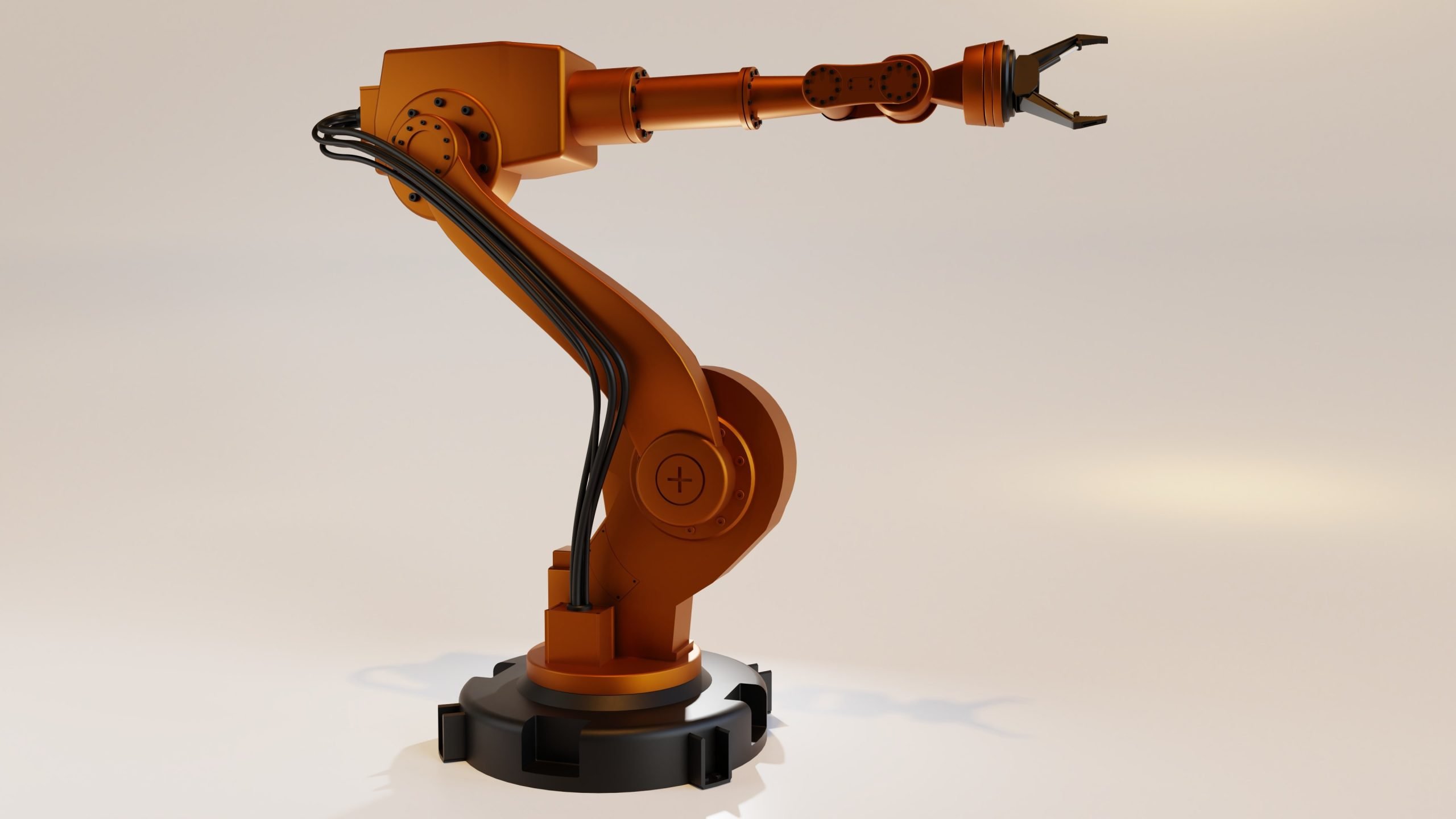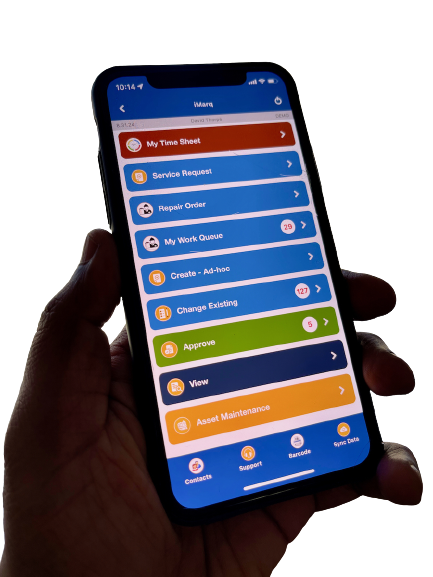More businesses around the world are making investments in office workflow-smoothing solutions. A new wave of demand for digital transformation is contributing to the renewed interest in business process automation.
Robotic Process Automation (RPA) is one approach that offers solutions and novel career prospects in several sectors.
RPA is a technique that simulates human interactions with digital systems by utilizing autonomous robots, or bots, to streamline commercial activities. These bots, often known as “Digital Workers,” are very accurate and effective at carrying out tedious computer-based activities. This liberates trained workers’ time for more demanding, high-value tasks that can only be completed by people, like customer service, planning, and coordination.
What is Robotic Process Automation?

A computer program called RPA is installed on a physical or virtual system. Once activated, the program functions as a “Digital Worker,” employing the exact tools and procedures as its human counterparts to finish the same activities and operations. The program can simulate the mouse and keyboard movements made by a person.
As a result, you may recognize manual procedures and develop automated solutions since the Digital Worker uses system software just like a person. The significant benefit is increased efficiency. Digital Workers are employed to continuously carry out monotonous and repetitive tasks that trained workers formerly handled.
How RPA and Digital Transformation Are Impacting Businesses
Blue Prism surveyed 6,000 executives globally in 2020, and the findings confirmed that many administrators were interested in using intelligent automation, such as RPA, to better align consumer demands and strengthen their businesses to grow more inventively and successfully.. The use of intelligent automation can be classified into three categories from an organizational point of view: people, systems, and the digital workforce.
This digital workforce can dismantle conventional organizational boundaries by acting as a kind of bridge between both the people and the technology. Intelligent automation connects these areas as Digital Workers easily navigate systems, enhancing an organization’s overall effectiveness.
What Tools Do Organizations Need to Incorporate RPA?
Being plug-and-play is among RPA’s greatest advantages. Applications that don’t deliver the outputs needed to meet business needs are present in every organization. What do you do then? Create an RPA to communicate with the application. The system is now generating useful results. There’s no requirement for major application or infrastructure updating in an organization because the new data may be shared with other applications. RPA can be used to modify an organization’s older legacy systems or outdated applications to generate the desired output.
What Talent is Needed to Implement RPA?

RPA implementation is more about how you utilize technology than the technology itself. Establishing the system is only a small part of the larger objective. Realizing how to choose a suitable RPA strategy and create an effective RPA practice in an organization is essential to creating good digital workers.
RPA project adoption and deployment will be sped up by having access to the best principles, like-minded teams, and individuals who have already understood the concepts of RPA. This allows businesses to upskill their existing knowledge workers, which in turn helps grow and empower both businesses and individuals. .
RPA’s design makes it possible to automate processes and construct process improvements without knowing how to code, employ a team of IT specialists, or go to a software developer. RPA was developed for executives who recognize that automating business activities can enhance performance.
Looking to digitize your manual process? Then, talk to us at Connixt about our mobile enterprise suite to automate your inspections, maintenance, crew management, safety, inspections, and compliance processes. Book a demonstration with us today to know more!





